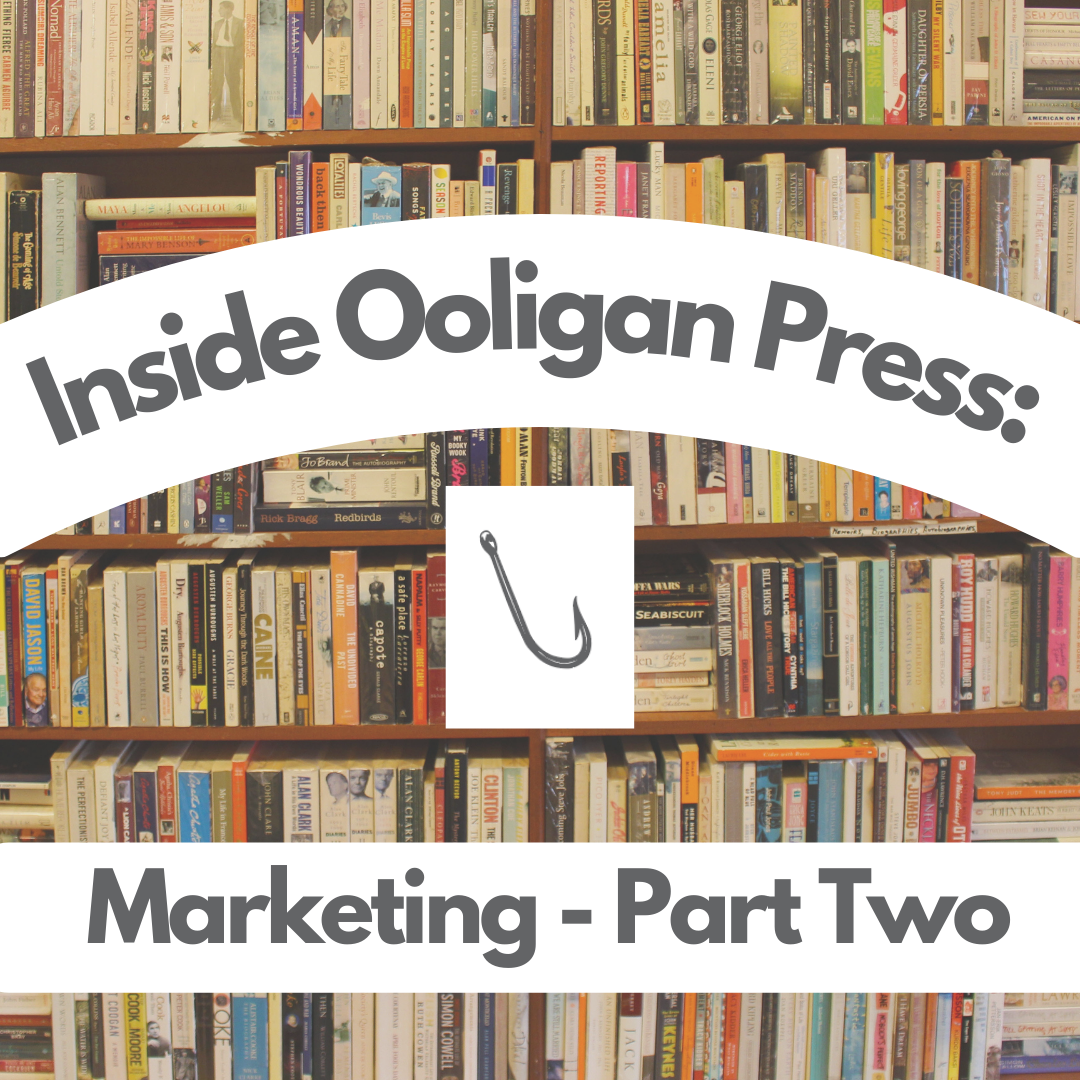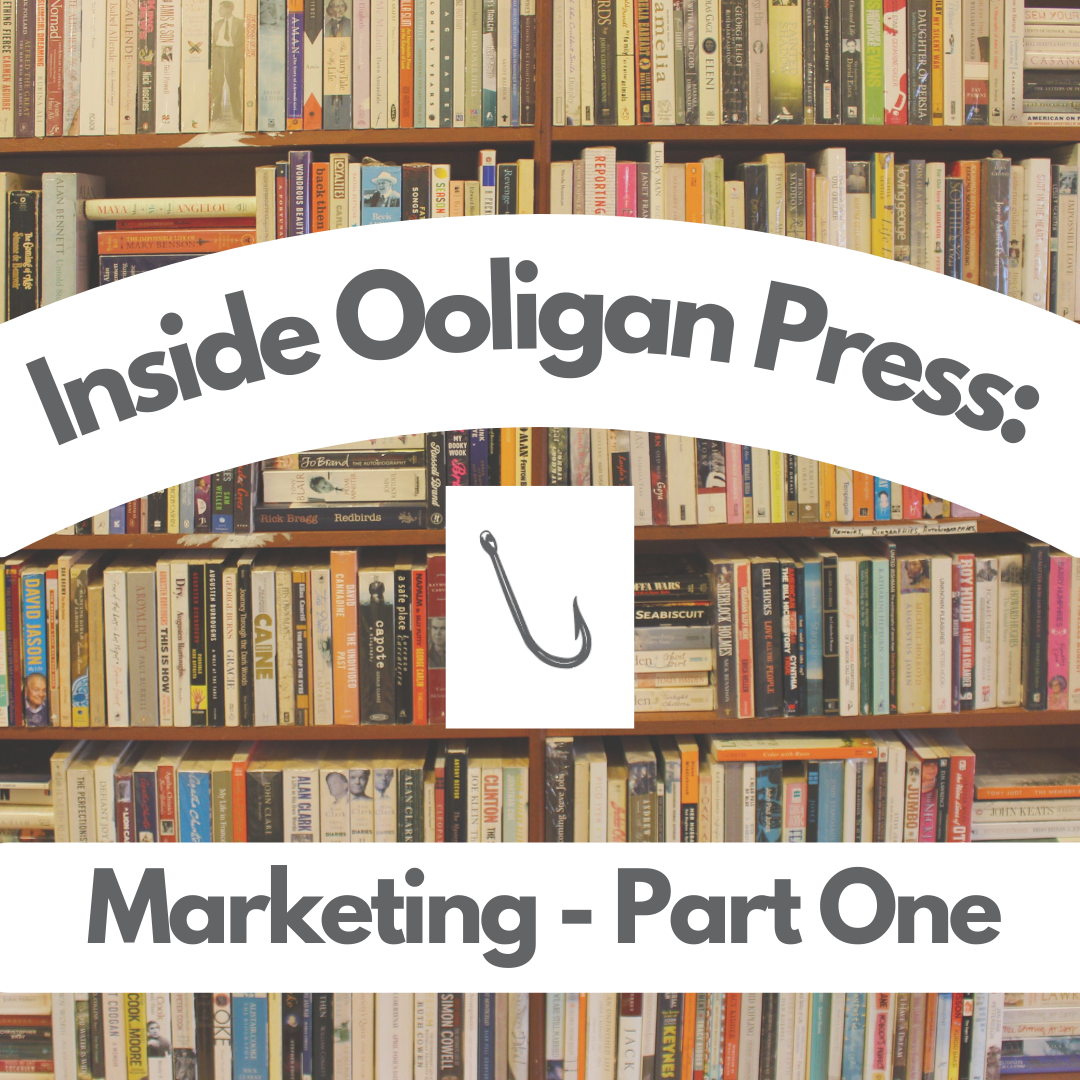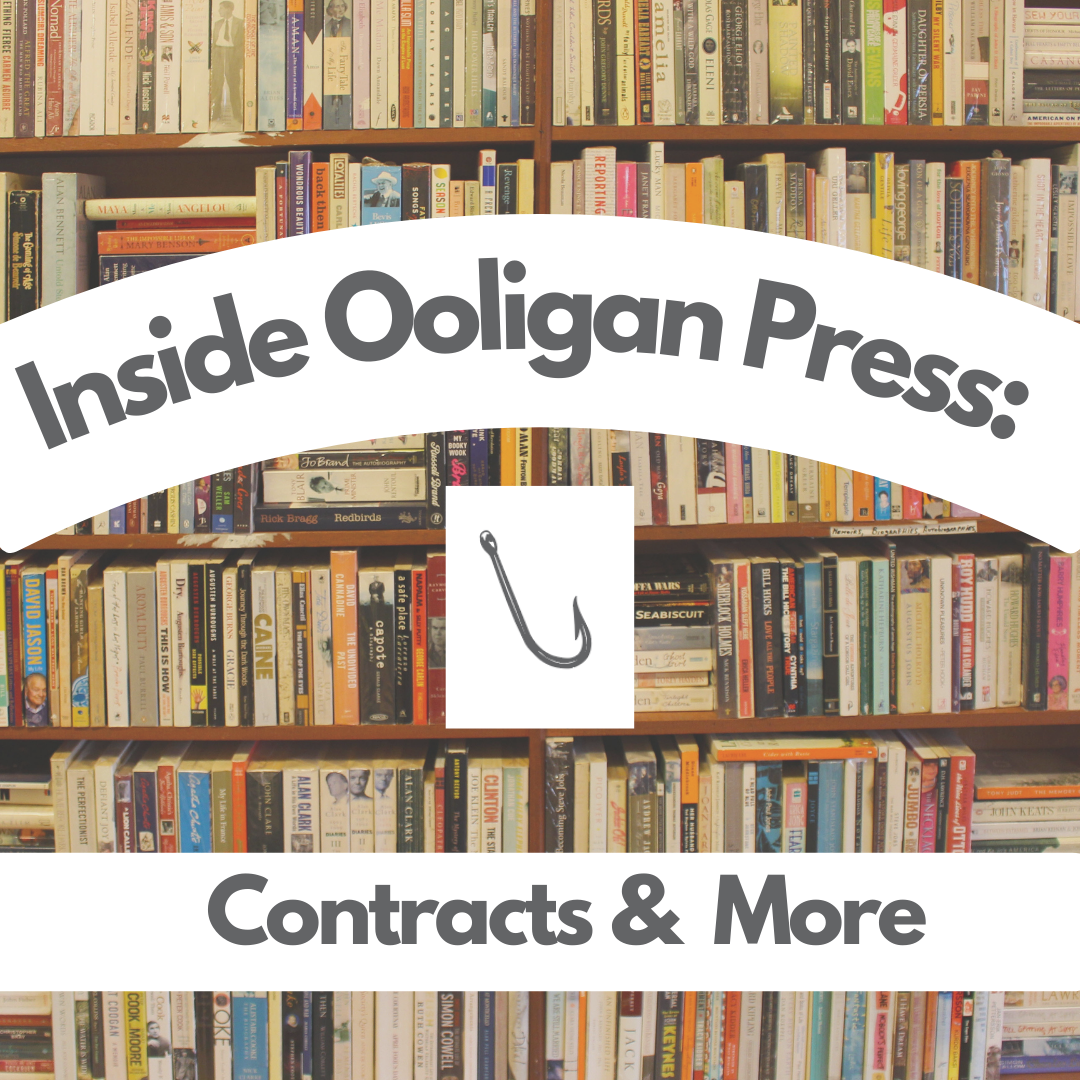Guess the Book Based on the Hook
An effective hook gives readers a taste of what the book is about and why they should read this particular book, as compared to any other book on the shelf. An effective hook might shock a reader or get them to ask questions, leaving them wanting more.






